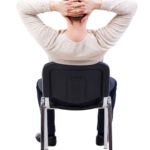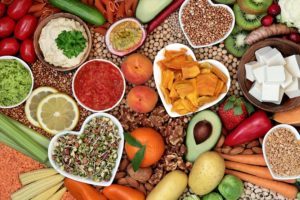 Varicose veins and vein health in general can be supported via your diet.
Varicose veins and vein health in general can be supported via your diet.
In addition to a variety of both highly successful invasive and minimally invasive treatment options available, you can also make certain lifestyle changes that can help minimize discomfort as well as reduce the appearance.
In addition to maintaining a healthy weight, not smoking, and exercising frequently, is to take a close look at what is being included in your diet.
The right diet can help you manage a healthy weight, and that can do wonders for varicose veins. It is a good idea to make note of which foods increase water retention, as well as which foods to incorporate and what benefits each holds.
We compiled a list of foods that are beneficial for vein health
Vitamins E and C
Why Vitamin E?
Vitamin E supports veins by fortifying vein walls as well as promoting healthy blood flow. It has also been shown to strengthen the power of vitamin C when used in combination. Vitamin E has proven effective topically to reduce the appearance of veins.
Why Vitamin C?
Vitamin C assists in circulation. It also contains two very important connective tissues that are partly responsible for keeping veins toned and strong: collagen and elastin.
Foods high in vitamins C and E include:
- Broccoli
- Nuts
- Peppers
- Citrus fruits
- Spinach
High Fiber Foods
Constipation can make veins worse.
Being constipated increases pressure on veins. If you already have varicose veins and vein damage it can make them feel increasingly uncomfortable and contribute to their formation or worsening.
The answer: Eat a diet rich in fiber. Fiber makes stool bulkier and softer, allowing it to pass through the intestines without problems.
Foods high in fiber:
- Berries
- Bran
- Broccoli
- Beans
- Leafy Greens
Bioflavonoids
Sometimes referred to just as “flavonoids,” are antioxidants that are found in plants (fruits and vegetables). Bioflavonoids are found in many of the same foods that contain high amounts of vitamin C.
Bioflavonoids can help reduce the appearance of varicose veins by strengthening vessel walls and preventing stress inside of the veins from free radicals. They are often recommended for combating other conditions including heart disease and Alzheimer’s.
Foods high in bioflavonoids include
- Strawberries
- Garlic
- Tea
- Peppers
- Citrus fruits
If you’d like further advice on how to manage your varicose veins or venous insufficiency through diet and lifestyle choices, or if you’d simply like more information on treatment options available for your condition, contact Dr. Zuzga of the West Florida Vein Center today by calling (727) 712-3233. www.westfloridaveincenter.com.

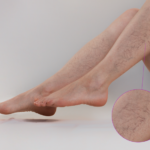
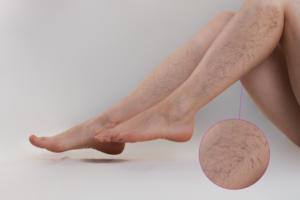 People often incorrectly use the terms “spider veins” and “varicose veins” interchangeably, and it’s important to understand that these are two very different conditions.
People often incorrectly use the terms “spider veins” and “varicose veins” interchangeably, and it’s important to understand that these are two very different conditions.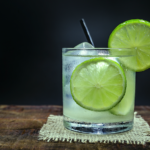
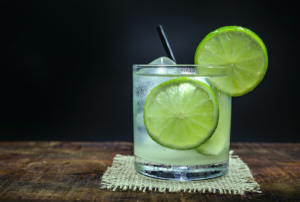 That’s right. The health of your veins can be majorly impacted by what you choose to put in your body. Alcohol being one of the very worst offenders when it comes to damaging vein and circulatory health.
That’s right. The health of your veins can be majorly impacted by what you choose to put in your body. Alcohol being one of the very worst offenders when it comes to damaging vein and circulatory health.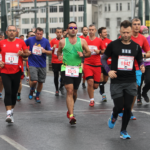
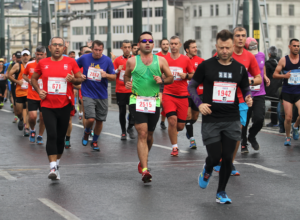 Most of us would never have thought to group the words “Athlete” and “Compression stockings” into one sentence let alone suggest that they might be a good idea to wear during athletic activities. After all, aren’t compression stockings just for little old ladies?
Most of us would never have thought to group the words “Athlete” and “Compression stockings” into one sentence let alone suggest that they might be a good idea to wear during athletic activities. After all, aren’t compression stockings just for little old ladies?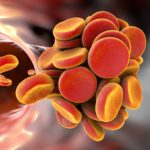
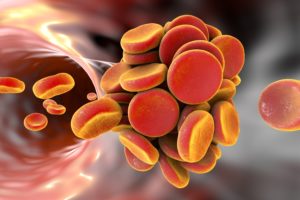 Your heart pumps the blood through your arteries and then returns it to the heart where the process starts again. Blood is constantly flowing throughout the body. When motion and current cease blood can become stagnant, resulting in the possibility of blood clots.
Your heart pumps the blood through your arteries and then returns it to the heart where the process starts again. Blood is constantly flowing throughout the body. When motion and current cease blood can become stagnant, resulting in the possibility of blood clots.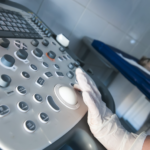
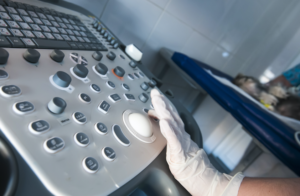 Are you experiencing symptoms?
Are you experiencing symptoms?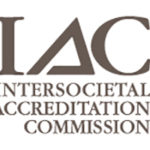
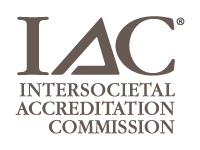
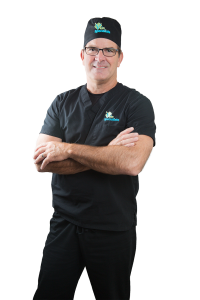
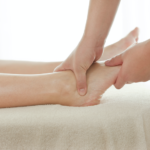
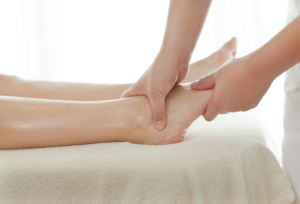 When we are in pain, we look for any and all possible solutions to get to a place of feeling well again. When your muscles get tight a therapeutic massage can help to work the tension out. It only makes logical sense that you may wonder if massage would be a viable solution for the pain of varicose veins. The answer is, unfortunately, no.
When we are in pain, we look for any and all possible solutions to get to a place of feeling well again. When your muscles get tight a therapeutic massage can help to work the tension out. It only makes logical sense that you may wonder if massage would be a viable solution for the pain of varicose veins. The answer is, unfortunately, no.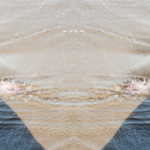
 Spider and varicose veins in your legs are unsightly and can feel embarrassing to some.
Spider and varicose veins in your legs are unsightly and can feel embarrassing to some.